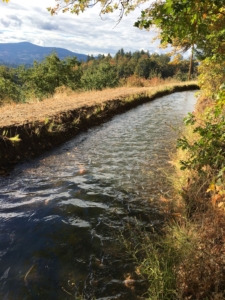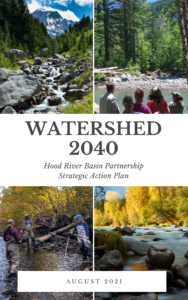Presentation: Columbia River Gorge National Scenic Area: Draft Climate Change Action Plan
Columbia River Gorge National Scenic Area: Draft Climate Change Action Plan
 The Columbia River Gorge Commission is preparing to release its first Draft Climate Change Action Plan (CCAP), a guide to climate change adaptation and mitigation action in the National Scenic Area. Developed with input from a variety of agencies, organizations, tribes, and the public, the Draft CCAP lays out actions and outcomes for building resilience and reducing greenhouse gas emissions through the Commission’s land use role. Actions center around eight priorities: cold water refuge streams, wetlands, Tribal Treaty rights, Oregon white oak woodlands and winter range, regional transportation, electric-vehicle infrastructure, carbon storage in habitats and working lands, and fire risk.
The Columbia River Gorge Commission is preparing to release its first Draft Climate Change Action Plan (CCAP), a guide to climate change adaptation and mitigation action in the National Scenic Area. Developed with input from a variety of agencies, organizations, tribes, and the public, the Draft CCAP lays out actions and outcomes for building resilience and reducing greenhouse gas emissions through the Commission’s land use role. Actions center around eight priorities: cold water refuge streams, wetlands, Tribal Treaty rights, Oregon white oak woodlands and winter range, regional transportation, electric-vehicle infrastructure, carbon storage in habitats and working lands, and fire risk.
Watch this presentation by Lisa Naas Cook and Jessica Olson, planners with the Columbia River Gorge Commission, to learn about the Draft CCAP and discuss shared priorities for climate action in the Hood River Watershed.


